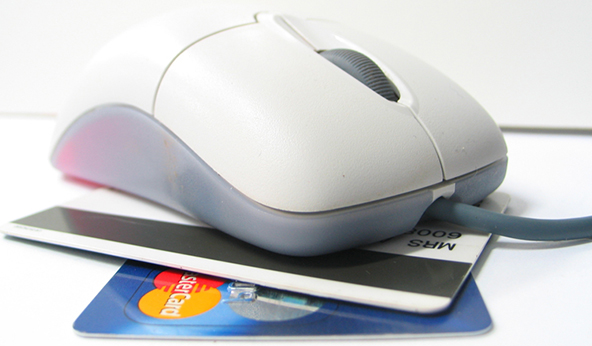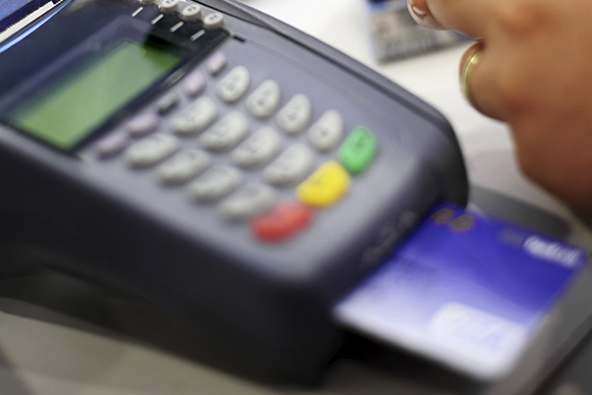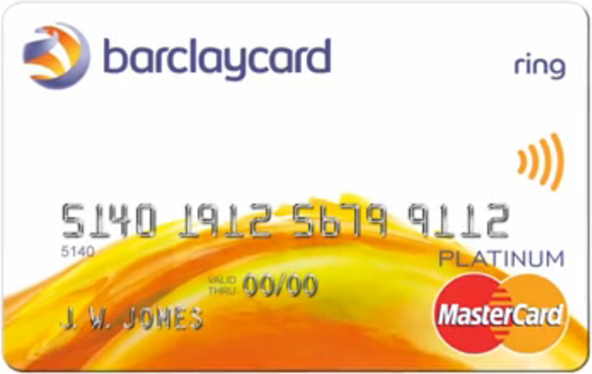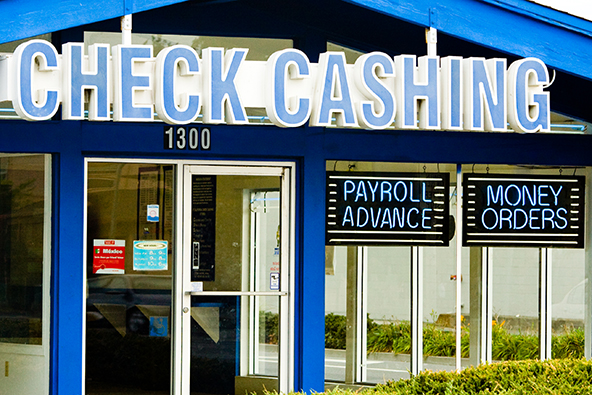How Should E-Commerce Businesses Handle Chargebacks?

Chargebacks are the single biggest reason why e-commerce businesses get into trouble with their payment processing provider. Processing banks are required by Visa and MasterCard to monitor their merchants’ chargeback levels and must ensure that the number of charged back transactions for any given month is below 1 percent of the total number of transactions. If you cannot keep your chargeback rate under 1 percent, your processor will suspend and eventually close your merchant account. In reality, processors suspend and close merchant accounts before their chargeback rates come even close to 1percent.
So what are chargebacks and what you should do about them?
What is a chargeback? Chargeback is a transaction that is returned by the card issuer and / or the cardholder to the processing bank, and most often directly to the merchant, as a financial liability. In essence, it reverses a sales transaction, as follows:
- The card issuer subtracts the transaction dollar amount from the cardholder’s account. The cardholder receives a credit and is no longer financially responsible for the dollar amount of the transaction.
- The card issuer debits the processing bank for the dollar amount of the transaction.
- The processing bank will most often deduct the transaction amount from the merchant’s account. The merchant loses the dollar amount of the transaction.
Why do chargebacks occur? There are many reasons why chargebacks occur, but there are several that stand out:
- Customer disputes.
- Fraud.
- Processing errors.
- Authorization issues.
- Non-fulfillment of transaction copy requests (only if fraud or illegible).
What do you do when a transaction is charged back? Chargebacks probably cannot be completely eliminated, although merchants can take steps to reduce them in number. Many of the chargebacks are a result of improper transaction processing procedures and can be easily avoided with making adjustments where necessary and we have discussed this subject elsewhere. Other chargebacks, however, are beyond the control of the merchant. When a transaction is charged back to you:
- First try to resolve it without losing the sale. Provide to your processor all available additional information about the transaction at issue or about the shipping, delivery or other issues that you may have had. A chargeback may have been initiated because the consumer has not received the product or service on the agreed-upon date. You may be able to resolve the issue by providing evidence that the merchandise was received within the specified time frame, however the cardholder has not taken into account the weekend days. Send this information to your merchant processing provider as soon as possible. It is always advisable that you provide as much information, relevant to the issue, as you have available, including:
- Account number.
- Card expiration date.
- Cardholder name.
- Transaction date.
- Transaction amount.
- Authorization code.
- Merchant name.
- Merchant website address.
- General description of the merchandise or services.
- Shipping address, if applicable.
- Address Verification Service (AVS) response code, if applicable.
- Represent the transaction. Once your processor has sufficient evidence to support your case, the transaction will be represented on your behalf, through the Credit Card Network of Visa or MasterCard, to the credit card issuer.
- Provide timely responses to information requests. The most important factor in the chargeback process is time. You will have a certain time limit to complete each step of the process. If you do not respond to a particular request within the specified time-frame, you will lose your representment rights and will not be able to get your money back. For example, the card issuer can charge back a transaction if you do not respond to an information request within 30 days.
- Understand your rights related to using the AVS and card security codes. Using AVS and the card security codes gives you stronger representment right for some type of chargebacks. Specifically, a charged back transaction can be represented if:
- You received an AVS positive match in the authorization message and if the cardholder’s billing and shipping addresses are the same. Your re-presentment will need to include a proof of the shipping address and delivery.
- You submitted an AVS query during the authorization process and received a “U” response from a U.S. card issuer. This response means that the card issuer is unavailable or does not support AVS.
- You submitted a card security code verification request during the authorization process and received a “U” response from a U.S. card issuer. This response means the issuer does not support the particular security code.
If you believe you have AVS or card security code re-presentment rights on a charged back transaction, work with your processor to ensure that all supporting evidence for the re-presentment is submitted. - Understand your Verified by Visa and MasterCard SecureCode representment rights. If you participate in Verified by Visa and / or MasterCard SecureCode and you have received a fully authenticated or attempted authentication response from the card issuer, you retain your representment rights. The same applies for chargebacks resulting from unauthorized use.
Sometimes a chargeback cannot be reversed, either because you don’t have supporting evidence to represent or for another reason. In such cases the best course of action will be to accept it and move on, saving valuable time and money.
Image credit: Inlinevision.com.


